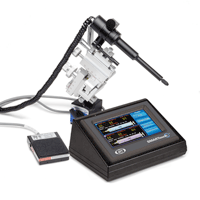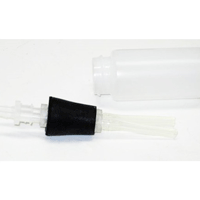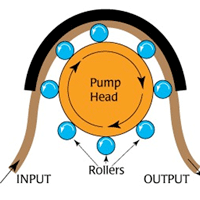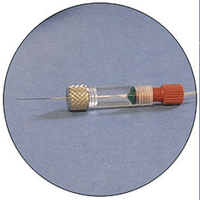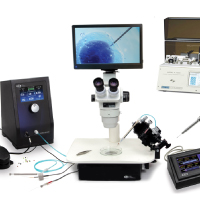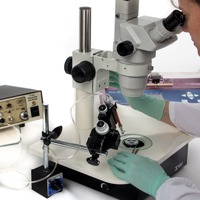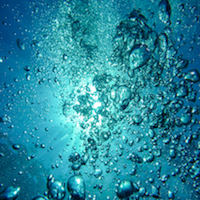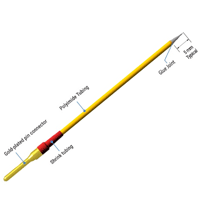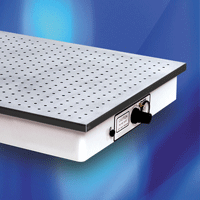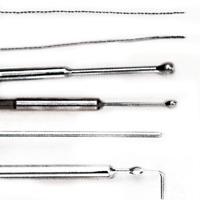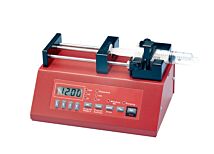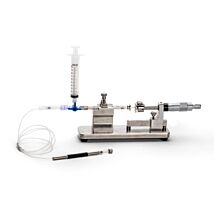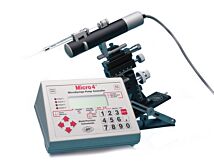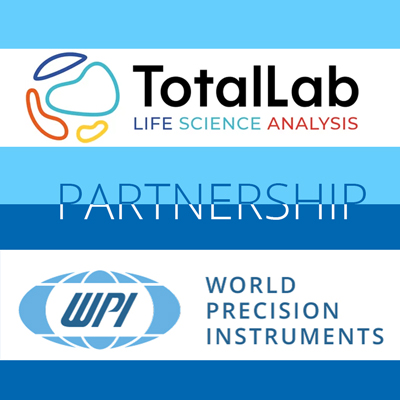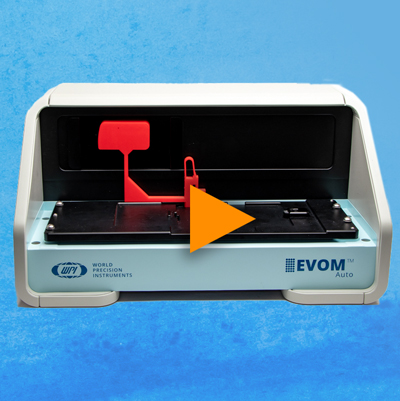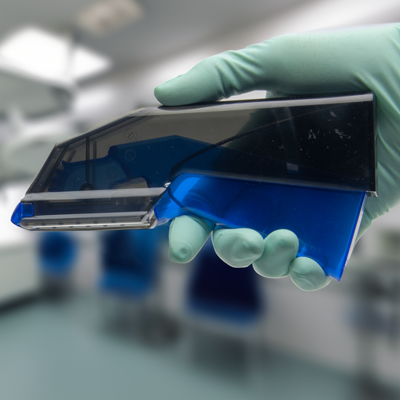This website uses cookies to ensure you get the best experience on our website.
Read more
When a Bigger Bolus is Better
June 12, 2015
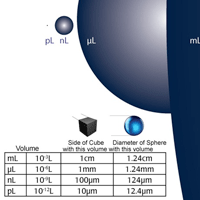
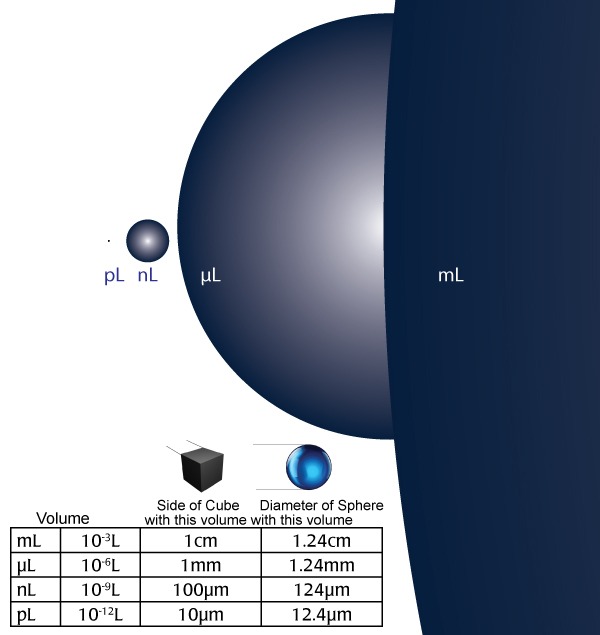 First, let's consider volumes.
First, let's consider volumes.
- A milliliter (mL) is one thousandth the volume of a liter (L) or 10-3L
- A microliter (µL) is one thousandth the volume of a mL (10-6L)
- A nanoliter (nL) is one thousandth the volume of a µL (10-9L)
- A picoliter (pL) is one thousandth the volume of a nL (10-12L)
This is graphically represented at the right. Notice that the mL is one trillion times larger than the picoliter. The table (right) shows that the side of a cube with a volume of 1mL is 1cm long. Likewise, the side of a cube with a volume of 1pL is 10µm long. Just for comparison, it shows that the diameter of a sphere with a volume of 1mL is 1.24cm, and the volume of a sphere with a volume of 1pL is 12.4µm.
With these volume comparisons in mind, lets consider some of the available options for microinjection pumps.
| RANGE | PUMPS | APPLICATIONS | |
| Milliliter Range | 10-3L | Syringe Pumps Peristaltic Pumps |
General pumping applications |
| Microliter | 10-6L | UMP3 | Tissue/organ/body injection Microperfusion |
| Nanoliter | 10-9L | Nanoliter2010 | Cellular Injection |
| Picoliter | 10-12L | Pneumatic PicoPumps | DNA Injection |
Specifications for WPI pumps may be found in the article "Choosing the Correct Pump."

Close


